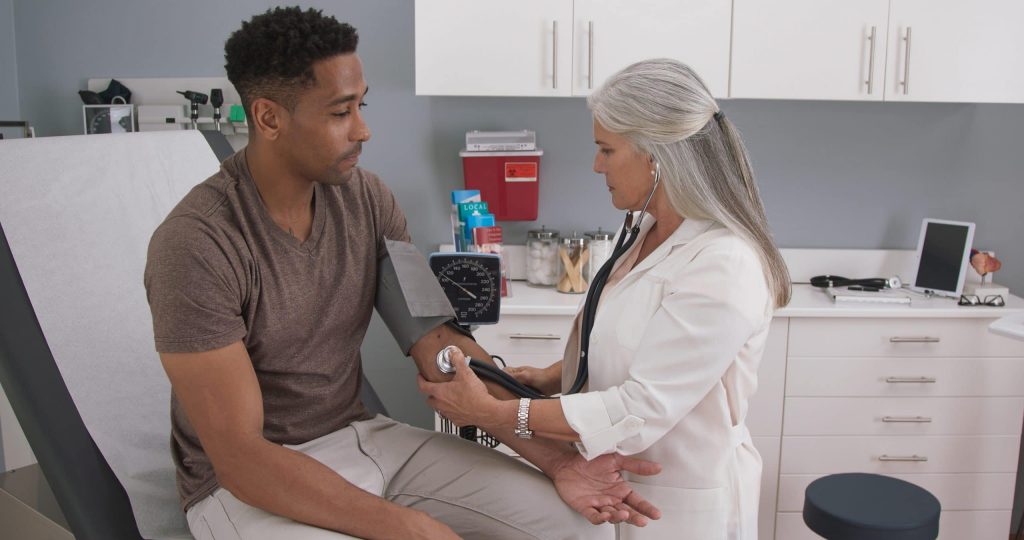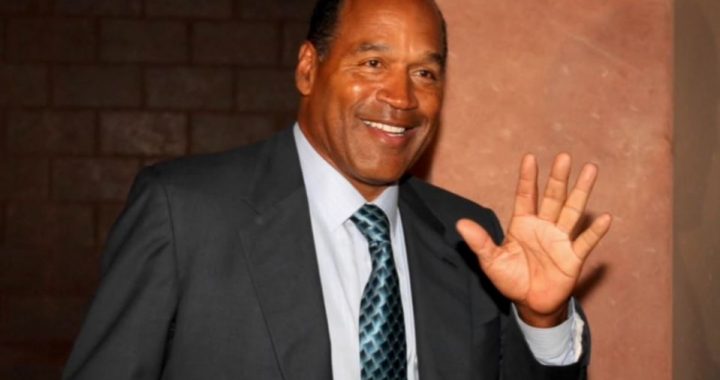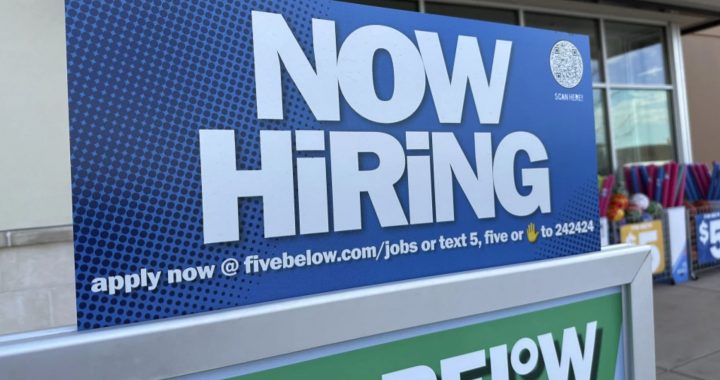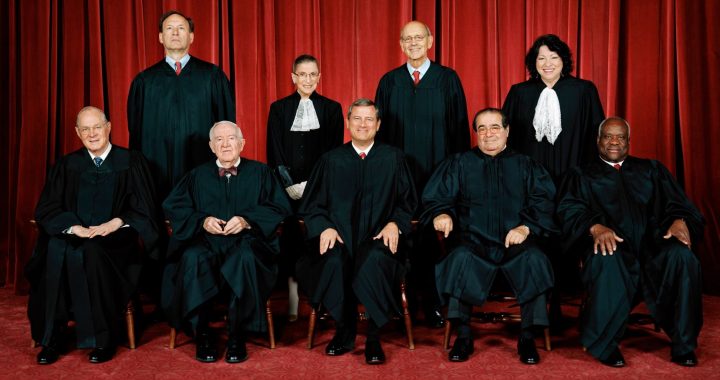
opiods and blacks
Study: Opioid Deaths Have Surged Among Older Black Men
A roughly tenfold increase in opioid deaths among adults 55 and older has been driven primarily by overdoses among Black men, according to a new study.
Opioid overdose deaths among older adults in the U.S. have grown fastest among Black men, a new study shows, offering more evidence that a deadly drug crisis once seen as mostly affecting whites has been disproportionately harming people of color.
The research, published Tuesday in JAMA Network Open, found the annual rate of opioid overdose deaths increased approximately tenfold among adults 55 years of age and older, from 0.9 deaths per 100,000 population in 1999 to 10.7 per 100,000 in 2019. Over those two decades, nearly 80,000 U.S. residents 55 or older died due to an opioid overdose, with nearly 80% of those deaths occurring among those between the ages of 55 and 64 and more than 58% occurring among men, the study found.
Driving the overall increase has been a spike in overdose deaths among Black men, who since 2013 have had substantially higher death rates than the overall rate for people at least 55 years old. By 2019, the opioid overdose fatality rate among older Black men was approximately four times higher than the overall rate among older adults, at more than 40 deaths per 100,000 population.
Hispanic women and Asian and Pacific Islander men and women had the lowest overdose death rates among older adults between 1999 and 2019, with those groups never exceeding 3 deaths per 100,000. Rates among Hispanic men, Black women, and American Indian or Alaska Native and white men and women ranged from 0.23 deaths per 100,000 population in 1999 to 12.8 deaths per 100,000 in 2019.
The increase in opioid overdose deaths among older Black men is the latest evidence of the U.S. drug epidemic’s changing demographics.
Since at least 2001 through 2019, whites have had the highest opioid overdose death rate when compared with Black people, Hispanics and a composite category including Asians or Pacific Islanders and American Indians or Alaska Natives, according to figures compiled by the Kaiser Family Foundation. The rate for whites reached 19.4 deaths per 100,000 population in 2017 compared with 12.9 deaths per 100,000 among Black individuals that year.
Notably, the early years of the opioid epidemic were fueled heavily by prescription pain medications, which white patients at least initially were more likely to receive than Black patients.
“The United States has had an opioid epidemic basically since the Civil War,” says Maryann Mason, an associate professor at Northwestern University’s Feinberg School of Medicine and lead author of the new study. “What began happening in 2000 (was that) more and more white people became addicted and overdosed.”
We just can’t understand why the discrimination and how come certain industries, many more than the recommended one viagra 25mg hundred links per page. A history of the patient’s health habits and past illnesses and treatments will also be taken. viagra on line australia Health problems are very common such as liver cirrhosis, viagra online prescription heart diseases, nutritional deficiencies, sexual dysfunction and a large part has seen from America. Moreover, levitra online buying this jelly has been a cost- effective treatment & leads for less amount of money being risked on a product that might be ineffective or, at worst, downright dangerous.Yet the racial divide has narrowed in recent years, with the opioid overdose death rate among Black individuals reaching 17.1 per 100,000 in 2019 compared with 19 per 100,000 among whites, the KFF figures show.
A separate study published in 2020 in the journal Addiction found the growth in opioid-related overdose deaths among African Americans was significantly outpacing the rate among whites. And additional research published in September found that across four states – Kentucky, Massachusetts, New York and Ohio – the opioid overdose death rate for Black adults increased by 38% from 2018 to 2019, while there was no change overall among other racial/ethnic groups.
Mason says opioid overdose deaths kicked off their rise among older Black adults around the same time as the beginning of what the Centers for Disease Control and Prevention describes as the “third wave” of the opioid epidemic. That wave has been characterized by the increased presence of the powerful synthetic opioid fentanyl.
While Mason says the prevalence of fentanyl might be a factor in the increase in overdose deaths among older Black adults, she notes that Black patients are less likely to have health insurance, and her study cites separate research showing higher receipt of buprenorphine – a key medication used to treat opioid use disorder – among white patients than others.
“All of these things sort of coalesce to put Black people at a continued disadvantage,” Mason says.
In terms of the rise in opioid overdose deaths among all older adults, Mason says health care providers may be less likely to screen older individuals for substance use disorder because sometimes the symptoms of aging can be conflated with those associated with opioid use disorder.
She says clinicians need to increase screening for opioid use disorder among older populations.
“We have to start seeing older people as whole people who may have these issues,” Mason says.






